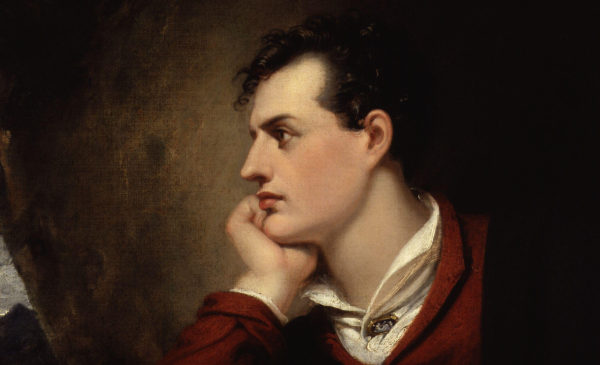The works of George Gordon Byron, the world-renowned English poet, are characterized by their lyricism and romanticism, but at times they can seem quite dark. He laid the foundations for a new direction in poetry and gained numerous followers. Byron’s poems are now rightly considered classics. He achieved particular popularity in Europe, although his works have been translated into many other languages.
Facts from Byron’s Biography:
- His father bore the surname Byron-Gordon to honor his Scottish roots, but for the poet, the second part of the surname became his middle name.
- Byron came from an ancient family that originally migrated to Britain from Normandy, which is part of modern-day France.
- The founders of the Byron family bore the surname “Burun,” but it evolved over time.
- Byron’s ancestors were granted the title of peers and a baronial title for their loyalty to the throne during the English Revolution.
- Despite the noble title, Byron’s family was desperately in need of money when he was a child.
- Byron walked with a noticeable limp throughout his life.
- At the age of 10, the future poet fell deeply in love with his cousin, Mary Duff. When he heard of her engagement, he had a hysterical fit.
- In school, he was known for his chivalrous behavior towards his peers and for always standing up for the younger students.
- To correct his limp, Byron engaged in sports and became a shooter, boxer, horseman, and an excellent swimmer.
- His work gave rise to a whole new direction in poetry known as “Byronism.”
- The first edition of Byron’s poems was published when he was 19 years old.
- In addition to romantic works, the poet also composed rather biting satire.
- Lord Byron traveled extensively, visiting many European countries.
- At the age of 21, he swam across the mouth of the Tagus River, several miles wide, known for its strong currents, as a challenge.
- When studying at Cambridge University and living in a student room, he couldn’t keep a dog due to a university ban on pets. However, he kept a bear cub, and the university could do nothing about it because the ban didn’t mention bears.
- Byron’s biography is filled with mentions of his numerous infatuations. He was indeed very passionate, constantly falling in love, but just as quickly losing interest.
- His fame was cemented by the poem “Childe Harold’s Pilgrimage,” with over 14,000 copies sold on the first day.
- Byron’s wife left him, supposedly going on a trip, and later simply wrote him a letter informing him that she had no intention of returning.
- The poet lived for some time in Switzerland, Italy, and Greece.
- Knowing his tendency to gain weight, Byron constantly subjected himself to diets, medications, and often lived on the verge of starvation.
- Byron is a national hero of Greece, having actively participated in the Greek Revolution. He even used his own money to buy and equip a warship to aid the Greek insurgents.
- He was a distant relative of the famous Russian poet Mikhail Lermontov. Their common ancestor was Margaret Lermont, who lived in the 16th century and married a member of the Byron family.
- The poet’s other surname was “Noel,” but he usually either didn’t sign with it at all or placed it before his title.
- A whole year passed between the publication of Byron’s first poetry collection and the first review, which was scathing. The poet later recalled that he was lucky because, during that year, he managed to write many other works that were warmly received by critics. But if his first book had been immediately met with hostility, he might have lost the desire to continue his literary pursuits.
- Byron died in Greece, but his remains were buried in the United Kingdom.
